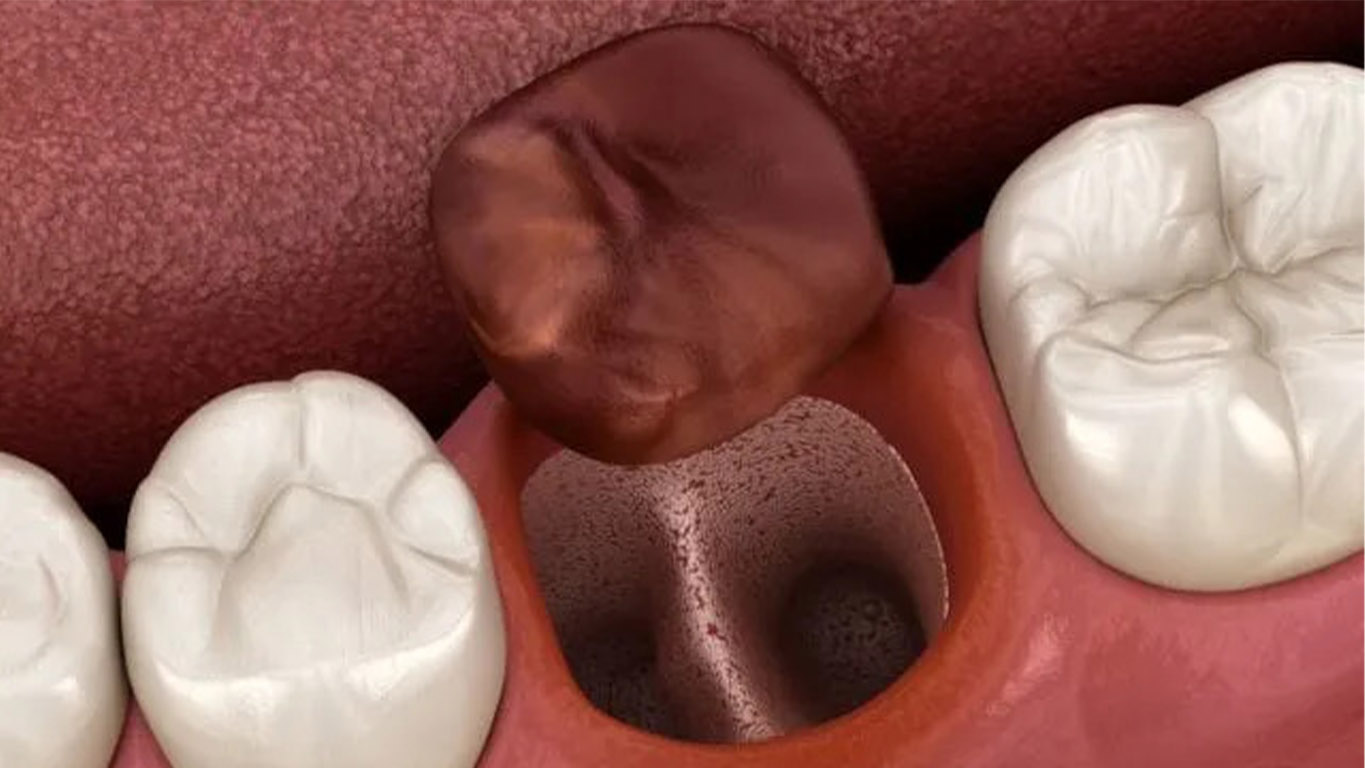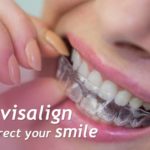A dry socket occurs when a protective blood clot fails to form in the empty socket after teeth extraction. When the underlying bone and nerve tissues are left exposed, a condition known as alveolar osteitis occurs. If not treated on time, alveolar osteitis can lead to long-term dental complications, and the pain may spread to the rest of the jaw. Carrum Downs’s residents can access our dental services to get dry sockets attended to.
This condition affects up to 20% of all wisdom teeth excitation cases, making it a relatively common occurrence that’s often accompanied by dull aches and sensitivity around the tooth extraction site. Read on to discover some of the tips on how to prevent dry sockets after teeth extraction.
1. Avoid drinking out of straws
After getting a tooth extracted, you should avoid any suction movements that use cheek muscles, such as drinking out of a straw. The pressure is more likely to dislodge the blood clot that protects the nerve tissues from direct exposure and speeds up the healing process.
2. Eat soft foods
Your dentist will advise you to stick to soft foods for the next couple of days after a tooth extraction surgery to avoid accidentally knocking off the blood clot while chewing. Try eating smoothies, yogurt, applesauce, and mashed potatoes, and gradually introducing healthier meals after the first three days. When eating soft foods, you should also avoid chewing on the same side as the exploded socket, as food particles are more likely to get stuck in the empty socket and dislodge the predictive clot.
3. Avoid smoking and tobacco use.
Recent studies have shown that tobacco users and smokers are more likely to experience dry socket conditions after teeth extraction than non-smokers. This is attributed to some of the chemicals found in tobacco products that have been shown to slow down the healing process and increase the chances of bacterial infection occurring on the exposed socket. The suction pressure applied to the mouth cavity while smoking also increases the likelihood of dislodging the protective blood clot leading to dry sockets.
4. Proper oral hygiene
Maintaining proper oral hygiene after a tooth extraction is one of the most straightforward steps you can take to prevent dry sockets. On the first day after the tooth extraction surgery, you should gently rinse your mouth after meals with warm salty water. Around the third day, you can start gently brushing your teeth but avoid the exposed area as the toothbrush’s bristles can easily dislodge the blood clot.
5. Avoid alcohol
After getting a tooth extracted, you should avoid consuming alcoholic beverages for at least 24 hours to prevent the possibility of dislodging the blood clot. Alcohol-based mouthwash can also lead to extra bleeding and delayed healing on the exposed gums.
6. Avoid strenuous physical activities.
Your dentist will advise you to limit any strenuous physical tasks that might elevate your blood pressure which often leads to bleeding and increases the chances of developing a dry socket. You can resume your daily schedule after the third day when the blood clot has fully formed, and the risk of extra bleeding is much lower.
Tooth extraction aftercare
Our Carrum Downs dentists will advise you on how to take care of your exposed gums after a tooth extraction surgery. Teeth extraction patients are also encouraged to follow their dentist’s aftercare instructions to avoid dry socket occurrence. Some of the most common instructions issued by dentists after a tooth extraction include:
- Avoid smoking for the first 48 hours after the extraction.
- Only consume soft foods for the first three days and avoid any form of crunchy foods for up to one week.
- Avoid hot drinks and carbonated beverages as they can displace the blood clot from the socket before the gums fully heal.
- Avoid using straws or any form of task that requires you to apply suction to your mouth cavity for at least 24 hours after the teeth extraction surgery.
How to clean your mouth after a tooth extraction
According to the Australian Dental Association, you should avoid brushing directly on the extraction site for at least one day to allow the blood clot to form fully. Instead, you should gently rinse your mouth with warm salty water after each meal to remove any food particles that might get stuck in the exposed cavity.
Symptoms of a dry socket
While dull aches and general discomfort are common among teeth extraction patients, they can be confused for dry socket development. If the exposed tissues heal up, the soreness and swelling usually go down relatively fast, and the pain fades away within 24 hours. When the pain gets worse, there’s a likelihood that you might be developing a dry socket. Some of the noticeable symptoms include:
- Throbbing pain in the area surrounding the tooth extraction site can intensify around the exposed gums and jaw.
- Frequent bleeding from the socket and a quick check on the mirror reveals that the blood clot is missing.
- An unpleasant odor emanating from the exposed socket.
- Pain radiating from the exposed socket towards the rest of the face.
- Unpleasant taste in your mouth.
- Sometimes the exposed bone can be seen in the exposed socket.
Dry socket treatment
Suppose you notice some of the symptoms typically associated with a dry socket. In that case, you should see a dentist immediately so that you can get personalized treatment to deal with your specific issue. Some of the standard treatment options recommended by our Carrum Downs dentist to treat a dry socket include:
- The extraction site gets irrigated to get rid of any debris or food particles.
- Placing a dressing gauze over the exposed socket until the gums heal.
- Applying zinc oxide-eugenol or a similar pain relief paste into the extraction site.
- Your dentist may prescribe pain relievers and anti-inflammatory drugs.
When to see the dentist
The earlier you seek a dentist’s opinion regarding a possible dry socket complication, the faster you can get pain relief and promote fast healing. Your dentist will determine if the extraction area is infected and decide on the best treatment protocol to deal with the infection and accompanying pain. Teeth extraction patients should seek a dentist immediately if they are experiencing any of the following:
- Nausea
- Ongoing swelling surrounding the extraction site
- Persistent bleeding
- Fever
- Unexplained vomiting
- Persistent server pain
- Pus from the exposed socket
Summary
Dry socket is the most common tooth extraction complication, and it’s often a painful ordeal that you shouldn’t have to put up with. Thankfully, residents of Carrum Downs can now access our specialized dry socket treatment at our dental clinic. Keep in mind that maintaining oral hygiene and following your dentist’s aftercare instructions are the two sure ways of preventing dry sockets. Visit our Carrum Downs dental group clinic for all your dental needs.
Related Post –
Why Smoking Should Be Avoided After Wisdom Teeth Extraction?


